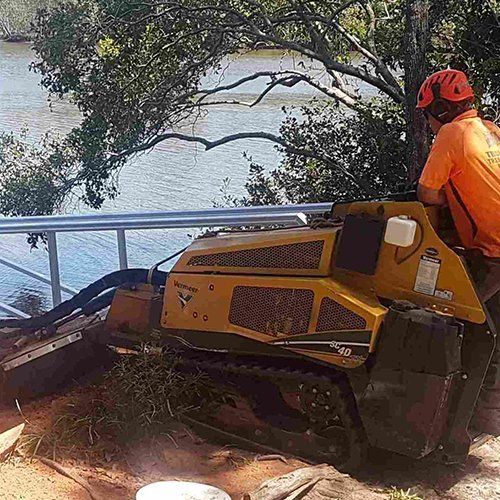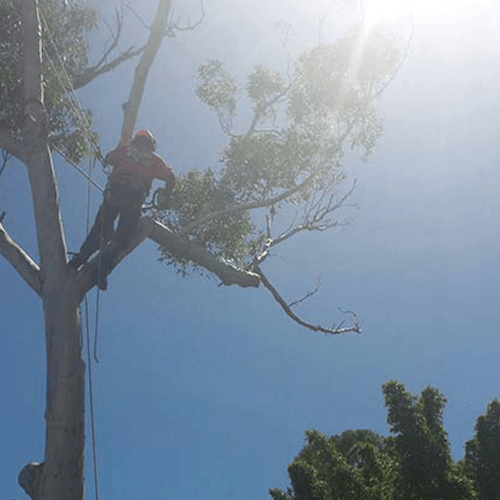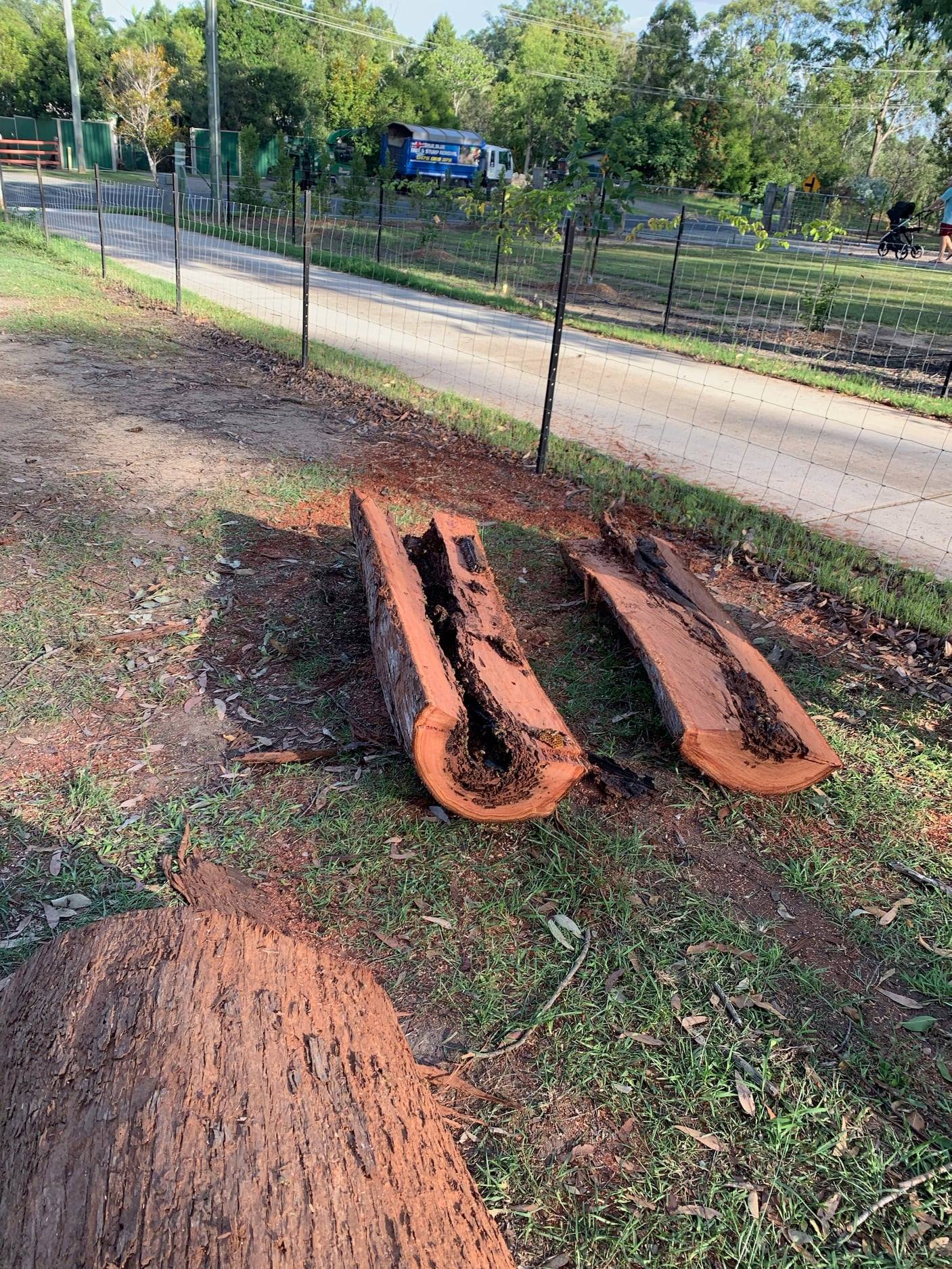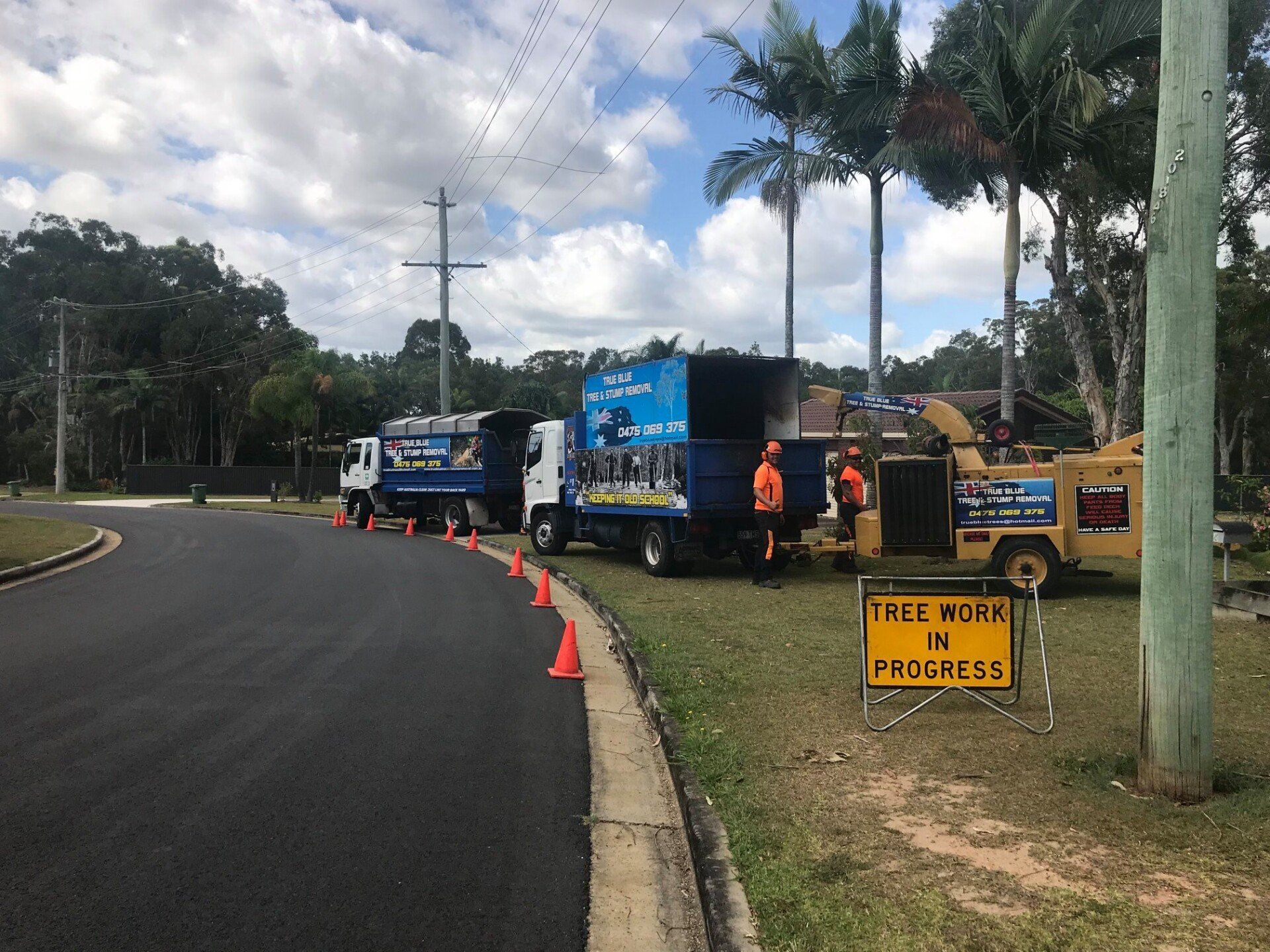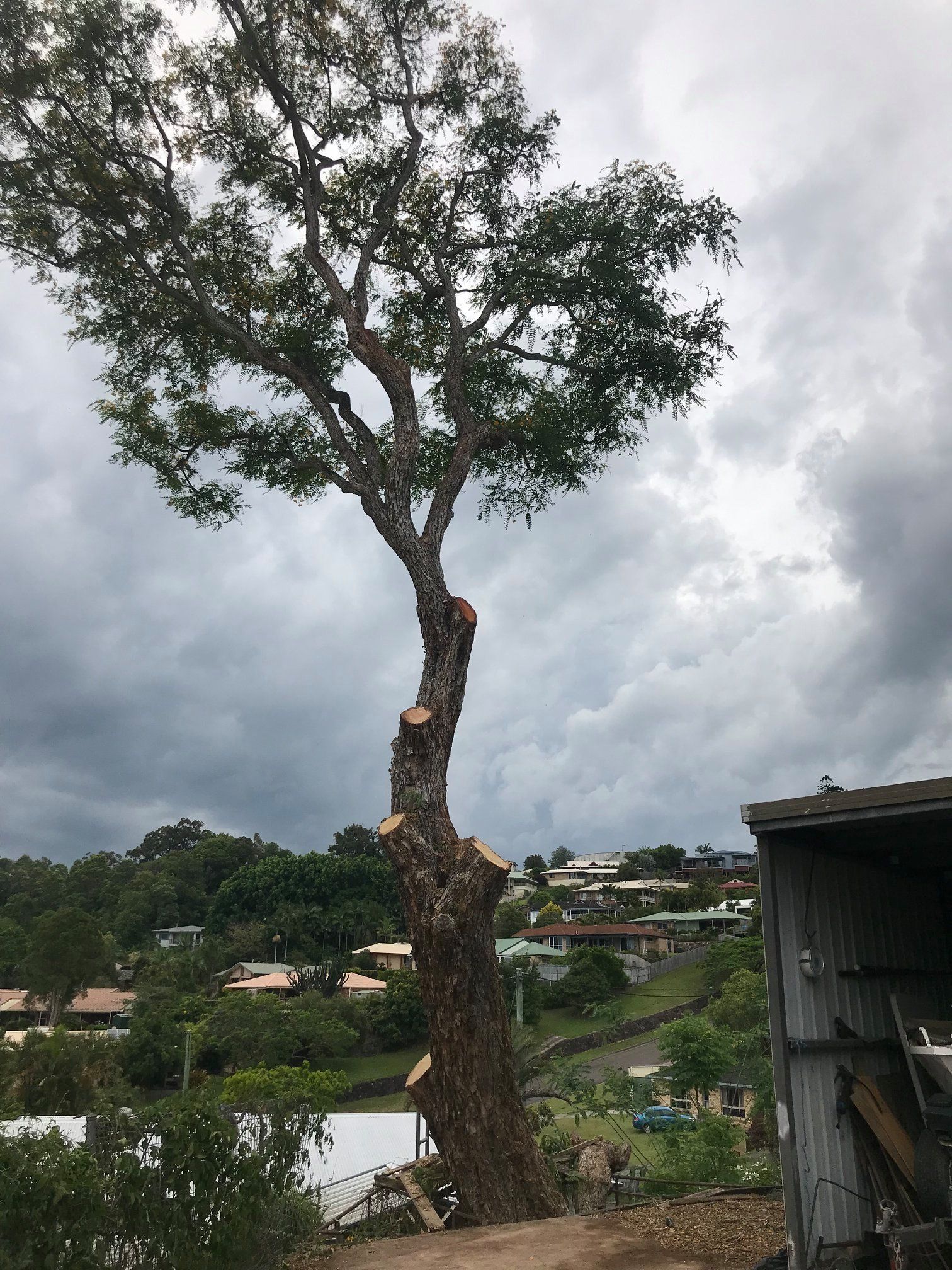5 Signs It’s Time to Remove a Tree From Your Property
Trees are a valuable part of any property, but sometimes they become more of a hazard than an asset. At True Blue Tree and Stump Removal, we've been helping homeowners and property managers across the Sunshine Coast with professional tree removal for over a decade. Whether it's due to safety concerns, structural damage, or environmental risks, knowing when it's time to remove a tree can save you time, money, and stress.
Below, we'll guide you through the top signs that it might be time to consider removing a tree and why trusting experienced arborists like us is the safest choice.
1. Dead or Dying Branches
If you've noticed large sections of dead or dying branches on your tree, it's a red flag. These branches not only make the tree look unhealthy but can also fall unexpectedly, posing serious safety risks to people, pets, and property. Deadwood is often a sign that the tree is no longer thriving and may require immediate attention from professionals like the team at True Blue Tree and Stump Removal.
2. The Tree Is Leaning Dangerously
While some trees naturally grow at an angle, a tree that has recently started leaning or seems unstable is a major warning sign. Leaning trees could indicate root damage or structural instability, making them a potential hazard during storms or high winds. If you spot a leaning tree on your property, it's best to consult certified arborists to determine whether tree removal is necessary.
3. Signs of Root Damage
Tree roots are the foundation of a tree's health and stability. If you notice exposed or damaged roots, cracks in nearby concrete, or uneven ground, these could be signs of root issues. Damaged roots can make a tree unstable and more likely to fall, especially during extreme weather. Professional evaluation and removal can prevent further property damage.
4. Pest Infestations or Fungal Growth
Pests and diseases are silent killers of trees. Infestations by insects like termites or diseases can severely weaken a tree's structure and health. Signs like sawdust around the base, unusual leaf discolouration, or mushrooms growing on the bark can all indicate that your tree is compromised. Tree removal helps prevent the spread of these problems to other healthy trees nearby.
5. Proximity to Structures or Power Lines
Trees that grow too close to your home, fence, or power lines can pose significant safety risks. Overgrown branches can damage roofs or gutters, while roots can interfere with underground pipes. In some cases, removing a tree may be the safest and most cost-effective solution. At True Blue Tree and Stump Removal, we specialise in safely handling tree removals near structures and utilities.
Why Choose Professional Tree Removal Services?
Attempting to remove a tree yourself can be dangerous, especially if the tree is large, unstable, or close to buildings. Here's why working with experienced arborists like us is the best choice:
- Safety First: We use industry-standard equipment to remove trees safely and efficiently.
- Insurance Coverage: Our services are fully insured, giving you peace of mind.
- Expertise: With 100+ years of combined experience, we know how to assess and remove even the trickiest trees.
Call True Blue Tree and Stump Removal for Expert Tree Services
If you're noticing any of these signs, don't wait for the situation to get worse. Whether it's a dead tree or one that's become a hazard, our team is ready to help. Call us today at 0475 069 375 to book a tree removal appointment. Let us handle your tree concerns so you can enjoy a safe and beautiful property!


